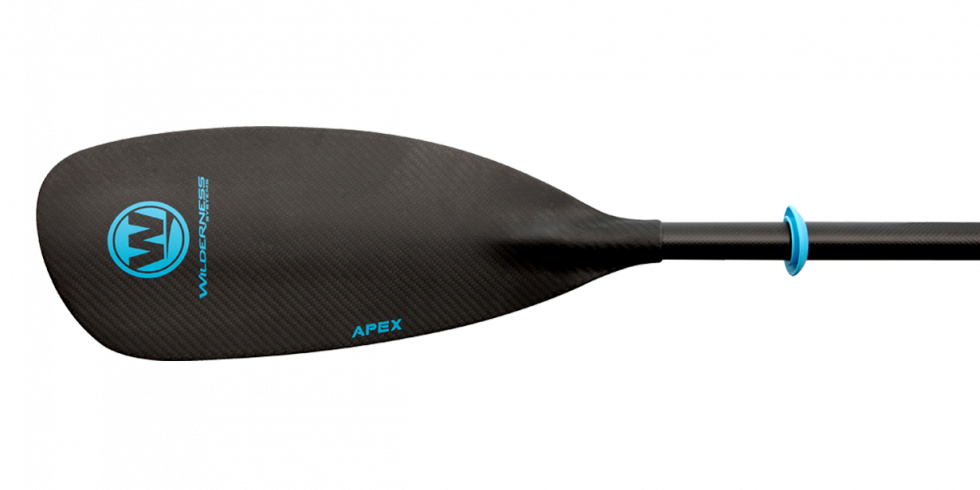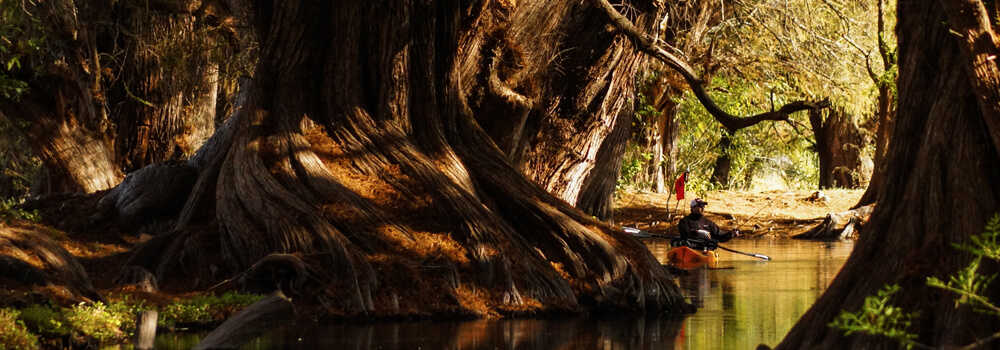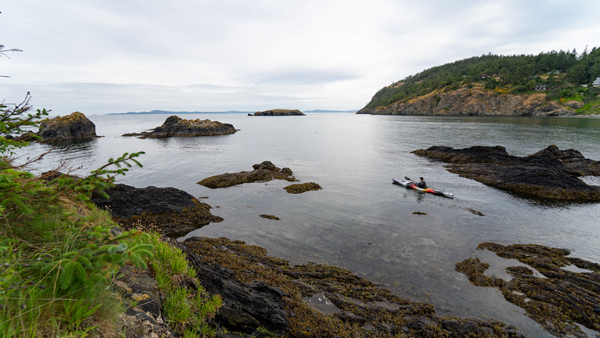
Apex Carbon (2 Sizes)
The Apex Rec/Touring Carbon paddle weights just 27 oz and is the lightest option in the Apex series.
Learn More
The Apex Rec/Touring Carbon paddle weights just 27 oz and is the lightest option in the Apex series.
Learn MoreJoin the Wilderness Systems Email Community
Be the first to know about new products, team news and events.


A first-time sea kayaker needs just a handful of skills and about a half-day of practice to get a basic foundation in the sport. Veteran instructor Ray Boucher introduces countless people to sea kayaking each summer at Naturally Superior Adventures’ paddling center on Lake Superior’s Canadian shore. Here are his top five skills for starters.
GET ON BOARD. To enter your sea kayak, float your boat alongside a gently sloping beach or dock. Grip your paddle shaft at the back of the cockpit rim to form an outrigger with the blade braced on the ground or dock. Favoring the outrigger side, sit behind the cockpit and slide your feet in. Boucher now reminds his students to make sure they’re properly fitted. “You want four places of contact—your feet, thighs, butt and lower back,” he says. “You should be snug, but not too tight.” Reverse the procedure to exit your boat upon landing.
 ROCK THE BOAT. Get a hands-on feel for primary and secondary stability by using your lower body to tilt the kayak from edge to edge. “Keep your upper body tall and alternate lifting your thighs to rock the boat,” Boucher says. “You can see how stable a kayak is when you’re properly fitted in the cockpit.” Using your abdominal muscles to balance the kayak on its edge is a fundamental skill for more advanced maneuvers.
ROCK THE BOAT. Get a hands-on feel for primary and secondary stability by using your lower body to tilt the kayak from edge to edge. “Keep your upper body tall and alternate lifting your thighs to rock the boat,” Boucher says. “You can see how stable a kayak is when you’re properly fitted in the cockpit.” Using your abdominal muscles to balance the kayak on its edge is a fundamental skill for more advanced maneuvers.
PRACTICE POWER STEERING. The forward sweep is a key turning mechanism for beginners. Plant the paddle in the water beyond your toes, keeping your outside arm straight and your inside arm low and tucked close to your PFD. Then sweep the paddle in a wide arc. “Use the large muscles of your torso to drive the stroke,” Boucher explains. Remove the paddle from the water about a foot from the stern of your kayak. A reverse sweep stroke pivots the kayak in the opposite direction: Start at the stern and sweep the paddle to the bow. (Don’t change your grip; the backside of the paddle blade will become the “power face.”)
MOVE FORWARD. Boucher breaks the stroke into three components: Use an extended outside arm to plant the paddle in the water at the toes; drive the power phase of the stroke with a torso twist; remove the paddle from the water at your seat. You’ve got the hang of it if your paddle blade enters the water close to your boat at your toes and exits a little farther from the hull when your paddle reaches your hip. Hint: Your paddle blade should track fairly close to your bow wake.
KEEP YOUR BALANCE. Bracing strokes keep the kayak upright in waves and can be used for more advanced turning maneuvers. Assume a pushup position with your elbows pointed up and the backside of your paddle down for a low brace. Tilt your kayak (into the wave) and quickly slap your paddle blade into the water for support. At the same time, lift your paddle-side knee to return the boat to level. “You want this to become a reflex,” Boucher says.
Canoe & Kayak - Conor Mihell